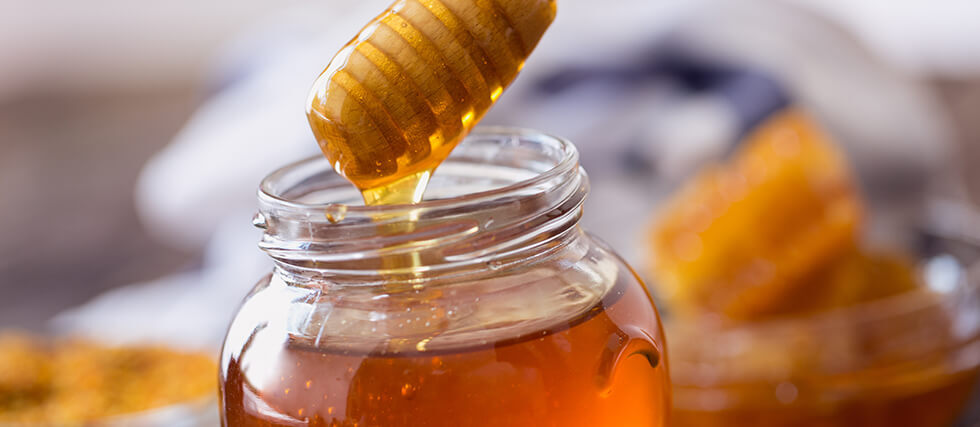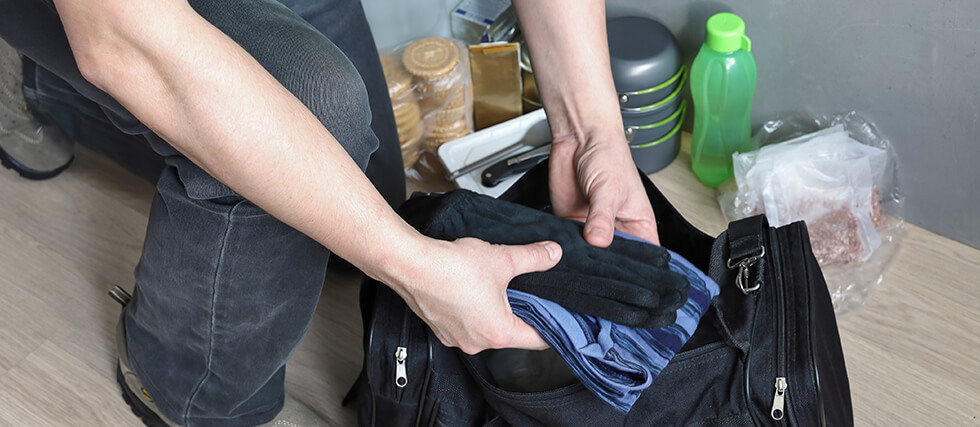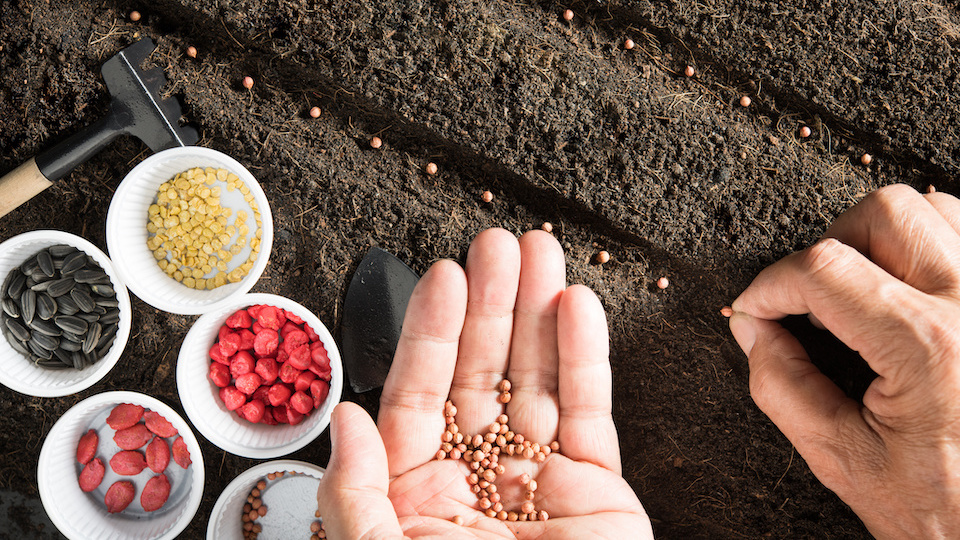The Best Thing to Have in an Apocalypse? It’s Not What You Think
When disaster strikes, most people scramble for food, water, and first-aid kits—but the savvy survivalist knows the real currency in an apocalypse: alcohol.
Yes, you read that right. While stocking up on canned goods and batteries is essential, booze might be the ultimate survival tool. Here’s why.
First, alcohol is one of the best barter items in a world where money no longer matters. It has medicinal uses—working as a sterilizer, anesthetic, and disinfectant—and let’s be honest, it will also be in high demand for stress relief when the world falls apart.
Beyond that, alcohol is shelf-stable, portable, and universally desired. A bottle of premium whiskey or fine gin could trade for supplies, safe passage, or even protection. Forget stockpiling gold—when times get desperate, a well-aged scotch will be worth far more.
Of course, you’ll still need basic survival essentials—flashlights, non-perishable food, clean water—but if you really want to be prepared, consider swinging by the liquor store before doomsday hits. Just remember: this isn’t for personal indulgence. That emergency stash is only to be cracked open when the world actually starts burning.
Because when society collapses, those three bottles of premium whiskey might just be the key to survival.







